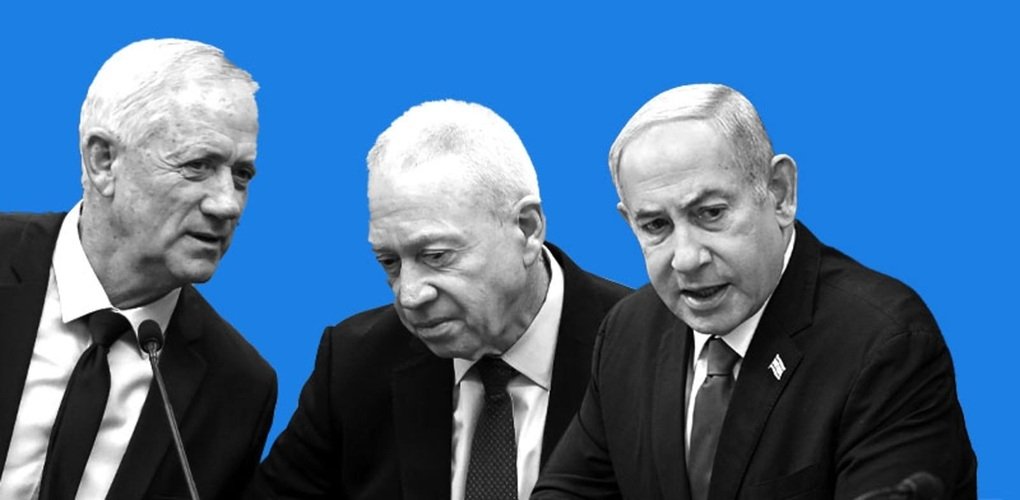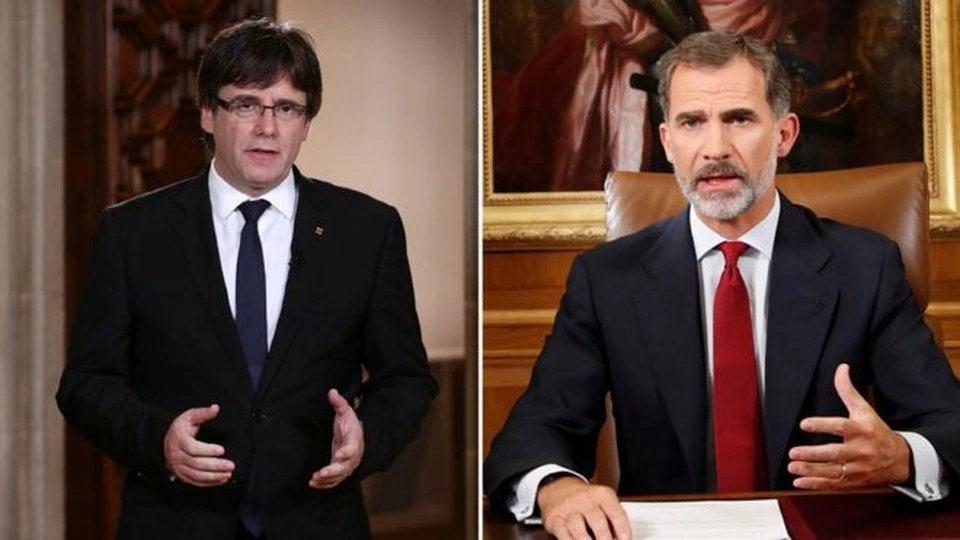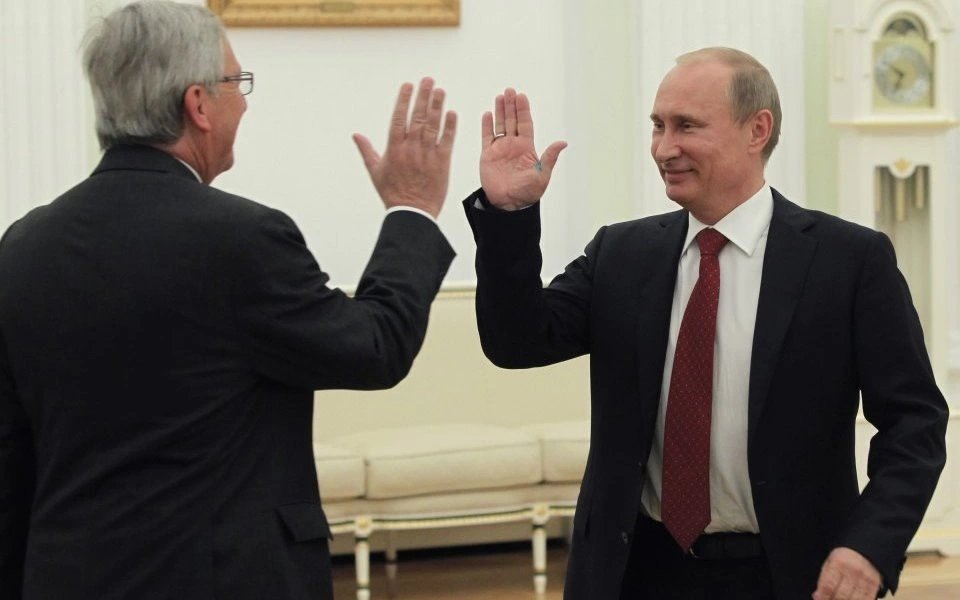
(Dan Tri) – Despite trying to hide internal conflicts, Israel’s wartime cabinet – which includes representatives of opposing factions – still shows signs of disagreement.
Israeli Prime Minister Netanyahu (far right) with Mr. Gallant (middle) and Gantz (Photo: Globes).
Israel’s wartime cabinet had only 5 people.
Up to now, the activities of Israel’s wartime cabinet have been evaluated relatively positively.
However, diversity can also be a double-edged sword.
`No one (in the cabinet) really trusts Mr. Netanyahu. That is the main problem of this cabinet,` Mr. Yossi Mekelberg, an expert on the Middle East and North Africa at the Chatham Institute (UK), told Al Jazeera recently.
Signs of disagreement
On December 2, Israeli Prime Minister Benjamin Netanyahu entered the press conference room without the participation of Defense Minister Yoav Gallant as usual.
`I suggested holding a joint press conference with the defense minister tonight. He has made his decision,` Mr. Netanyahu said when asked about this issue.
Even when they appear together in front of the press, they don’t always create a feeling of unity.
Experts assess that one of the issues of disagreement in the Israeli cabinet is the governance model for the Gaza Strip after the war ends.
`There are two completely different views,` said former Israeli Foreign Minister Tzipi Livni.
Responding to a press conference in Tel Aviv on December 14, without mentioning Mr. Netanyahu by name, Mr. Gantz implicitly criticized some Israeli leaders for causing internal conflicts and damaging relations with the US, Times of Israel.
According to the New York Times, the list of differences also includes policy with Lebanon, the timing of the Gaza attack, as well as the temporary ceasefire agreement last month.
Meanwhile, according to Israel’s Maariv newspaper, one of the other causes of conflict is that Mr. Netanyahu does not want to `share the glory` with other members of the cabinet – including Mr. Gallant and Mr. Gantz – about his achievements.
Besides, despite the war, politicians also need to consider their personal and party political goals.
`Mr. Netanyahu understands that he has lost the trust of the people. Therefore, he needs to bring moderate figures (into the government),` Mr. Ehud Ya’ari, resident expert in Israel of the Washington Institute

Israeli soldiers rest after a long night of fighting with Hamas armed forces (Photo: Sky News).
Personal conflicts
In addition to Mr. Netanyahu, Mr. Gallant and Mr. Gantz, Israel’s wartime cabinet also includes two non-voting observers: Former Chief of the Israeli Army General Staff Gadi Eisenkot – an ally of Mr. Gantz, and the Minister of War.
Without Hamas’s attack on Israeli territory on October 7, it is difficult to imagine that the five politicians mentioned above could form a government together.
The conflict between Mr. Gantz and Mr. Netanyahu stemmed from a period of poor cooperation two years ago: Mr. Netanyahu then broke the power-sharing agreement, causing Mr. Gantz to lose the opportunity to become prime minister.
Meanwhile, the two Likud party members in the war cabinet – Prime Minister Netanyahu and Defense Minister Gallant – also had `unhealthy rice and not sweet soup`.
In March, Mr. Netanyahu intended to fire Mr. Gallant after the head of the Israeli Defense Ministry warned that plans to reform the judicial system could have a negative impact on national security.
However, observers generally still assess that Israel’s wartime cabinet operates relatively effectively and professionally.
However, conflicts still smolder.
The ability of a wartime cabinet to function `doesn’t mean personal issues are completely eliminated, they’re just temporarily suspended,` said Yohanan Plesner, president of the nonpartisan research organization Israel Democracy Institute.








